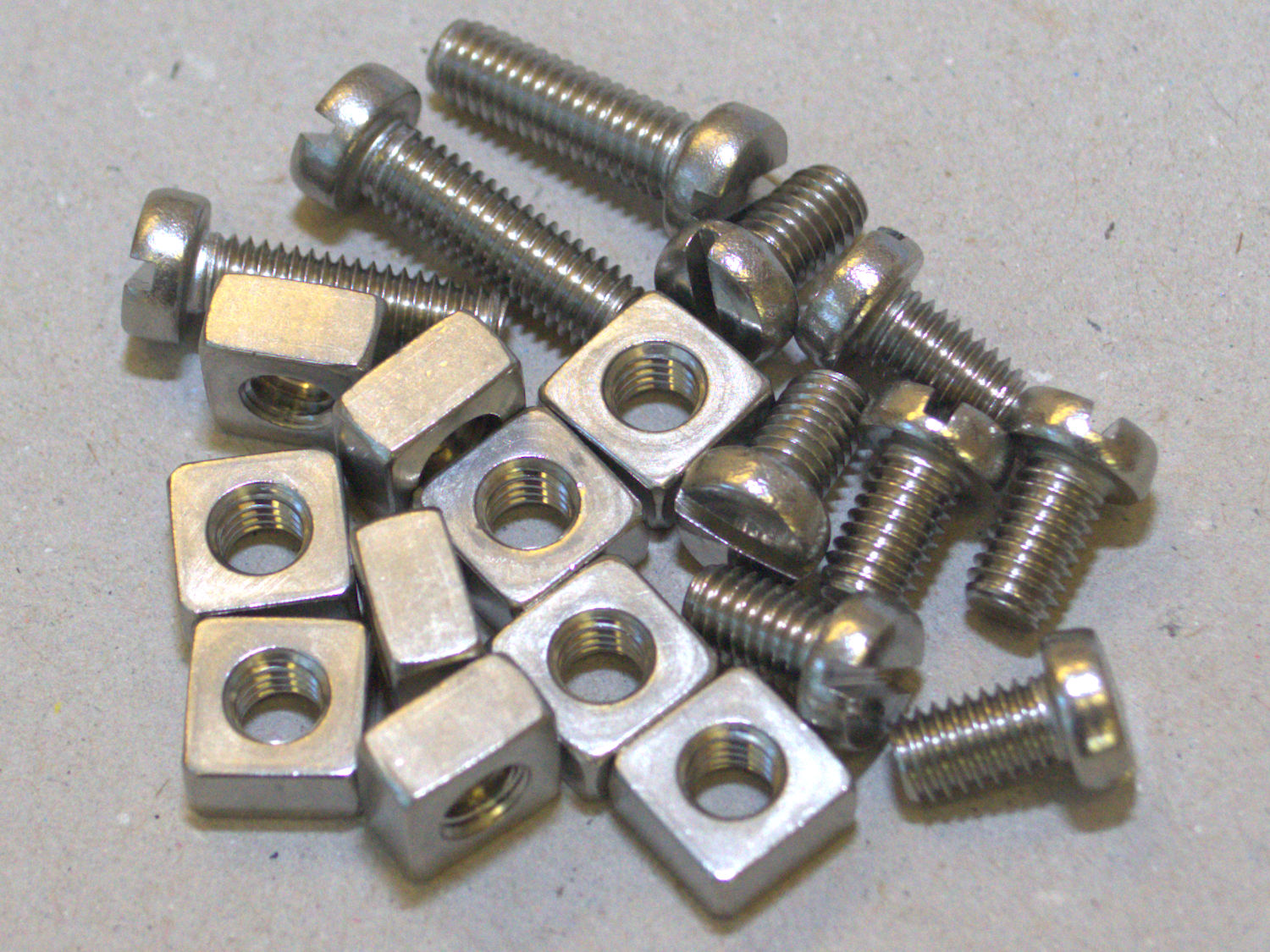When it comes to engineering and construction, the value of fasteners is immeasurable. These small but powerful fasteners play a vital role in a variety of projects, spanning intricate machinery to robust structures. As we consider the future of engineering, it is important to understand the emerging trends shaping the design, composition, and use of these vital components. Increasingly, industry professionals are turning their attention to the multitude of types and uses of fasteners, guaranteeing that each project is supplied with the correct fastener to meet the demands of modern construction and repair.
In this detailed guide, we will investigate the wide range of fasteners, covering everything from the basics of their design to advanced applications in various industries. Whether you’re a do-it-yourself enthusiast, a qualified contractor, or a car repair specialist, understanding the differences in bolt types, grades, and materials is crucial for selecting the most effective fasteners for your unique requirements. Through our examination of these pioneering engineering trends, you will gain insight into how to select the appropriate nuts and bolts, improving the quality and lifespan of your works while addressing the challenges presented by various environments and materials.

Types and Functions of Fasteners and Screws
Fasteners and bolts are key components in a variety of design and building projects, serving the vital function of holding components together. The most widespread type of bolt is the hex bolt, which features a six-sided head that allows for easy handling with a wrench. Additionally, there are carriage bolts, known for their rounded heads and square shoulders that stop rotation when secured. https://k12.instructure.com/eportfolios/978074/entries/3537421 , or lag screws, are designed for robust applications, providing strong connections in wood and other solid materials.
In terms of nuts, the regular hex fastener pairs with hex bolts and is widely employed for common connection needs. Lock nuts offer additional security by stopping loosening due to vibration, making them ideal for mechanical applications. Flange fasteners come with a built-in washer that spreads load more evenly, suitable for softer materials where standard fasteners might harm the surface. Each type of nut serves a particular function, ensuring a tight fit and optimal performance.
Knowing the different materials and finishes used for nuts and bolts is also important. Steel, stainless steel, bronze, and Ti are frequent materials, each selected based on strength, rust resistance, and weight requirements. Finishes like zinc plating and galvanization enhance durability, particularly for exterior applications. Knowing these variations allows for informed decisions when selecting the right hardware for particular projects.
Materials and Finishes
The selection of materials for fasteners and bolts plays a crucial role in their function and application. Common materials include steel, brass, and titanium, each offering distinct properties suited for varied conditions. Iron is chosen for its robustness and longevity, making it perfect for high-load applications. Brass, known for its corrosion resistance and aesthetic appeal, is often used in pipe and wiring components. Aluminum, while higher in price, offers superior strength-to-weight ratios and resistance to high temperatures, making it appropriate for aerospace and advanced applications.
Finishes also considerably affect the lifespan and performance of nuts and bolts. Zinc-based plating is a popular choice for fasteners used in exterior environments, providing a barrier against oxidation and corrosion. Zinc galvanizing, a more robust process, involves applying a thicker layer of zinc alloy, making it appropriate for severe conditions. Additionally, https://rentry.co/q9rv6uys can be applied to enhance look and further protect against environmental damage. Understanding these finishes is crucial for selecting nuts and bolts that will endure specific environments.
When choosing fasteners and hardware, it's also necessary to consider the risk for electrolytic corrosion when varied materials are used in combination. Hardware made of different materials can lead to increased corrosion if not properly treated. Coatings and finishes play a critical role in reducing this risk, helping ensure that the strength and durability of the nuts and bolts are maintained in their proper applications.
Buyer Guides and Reviews
When choosing nuts and bolts for your project, it is crucial to understand the differences between SI and imperial fasteners. Metric units are generally used in most international applications, especially in the EU, while imperial sizes are common in the United States. Knowing which measurement system your project requires can help prevent matching issues and ensure that you are using the correct sizes for your specific requirements.
Measuring nuts and bolts accurately is another important aspect of purchasing fasteners. To measure effectively, you need to determine the diameter, length, and thread pitch. For bolts, the diameter is taken at the shank, while nuts require measuring the inner diameter. Additionally, thread pitch indicates how tightly the threads are spaced; ensuring that the pitch matches both the nut and bolt is essential for a secure fit. Utilizing calipers can provide precise measurements, facilitating a better match for your project needs.
As you shop for quality fasteners, consider factors such as material, coating, and strength ratings. Different materials, such as steel, bronze, or titanium, offer distinct benefits in terms of strength and rust resistance. Additionally, coatings like zinc plating or anodization can improve longevity in outdoor applications. Understanding how to compare these characteristics will help you make informed decisions that ensure the fasteners you choose not only meet industry standards but also function successfully in their intended applications.
